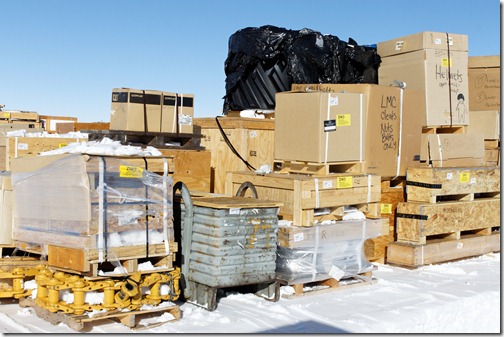
I’ve been getting a lot of requests for info on how to get hired for a position in Antarctica this coming season, and I have great news for you: Bill Spindler has very nicely compiled a page of links with all the subcontractors.
Check out the whole post here: http://www.southpolestation.com/trivia/ncs/jobs.html
If you’ve read anything at all about the hiring, you probably understand that Lockheed Martin is the main contractor, and there are a bunch of subcontractors for different departments. What that means is that there isn’t a streamlined collection of all jobs on one webpage; this is not necessarily a step down though. If you applied through Raytheon during the last contract, you will remember that their webpage kind of sucked. And by “kind of sucked,” I mean that it made you want to gouge out your eyes with a shovel.
I can’t speak to how the application process is on most of these sites: the one I applied through was pretty easy. If you’ve already applied, let us know how the experience was for you in the comments section.


Here is the abbreviated link list, with companies hiring for on-ice positions. If you have any confusion about what to do or how to apply after you get to a website or why you would even want to go to Antarctica in the first place, just back up a minute and go to Bill Spindler’s website.
Lockheed Martin: Program Management and Integration, Site Management, Functional Area Leadership, Technical Management & Administration (TM&A), Science and Technical Project Services (S&TPS), Information Technology and Communications (IT&C), Infrastructure and Operations (I&O) and Transportation and Logistics (T&L)
PAE: Infrastructure and Operations (I&O), Transportation and Logistics (T&L).
GHG: On-site Information Technology and Communications (IT&C).
University of Texas Medical Branch: Medical Services
Best Recycling: Waste
Gana-A’Yoo: Food Services, Housing & Janitorial Services, Retail & Postal Services.




























